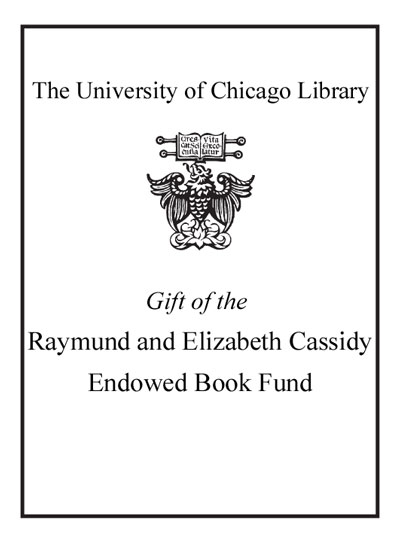Areal diffusion and genetic inheritance : problems in comparative linguistics /
Saved in:
| Imprint: | New York : Oxford University Press, 2001. |
|---|---|
| Description: | xvi, 453 p. : ill. ; 24 cm. |
| Language: | English |
| Subject: | |
| Format: | Print Book |
| URL for this record: | http://pi.lib.uchicago.edu/1001/cat/bib/4593390 |
| Summary: | This book considers how and why forms and meanings of different languages at different times may resemble one another. Its editors and authors aim to explain and identify the relationship between areal diffusion and the genetic development of languages, and to discover the means of distinguishing what may cause one language to share the characteristics of another. |
|---|---|
| Physical Description: | xvi, 453 p. : ill. ; 24 cm. |
| Bibliography: | Includes bibliographical references and indexes. |
| ISBN: | 0198299818 |

